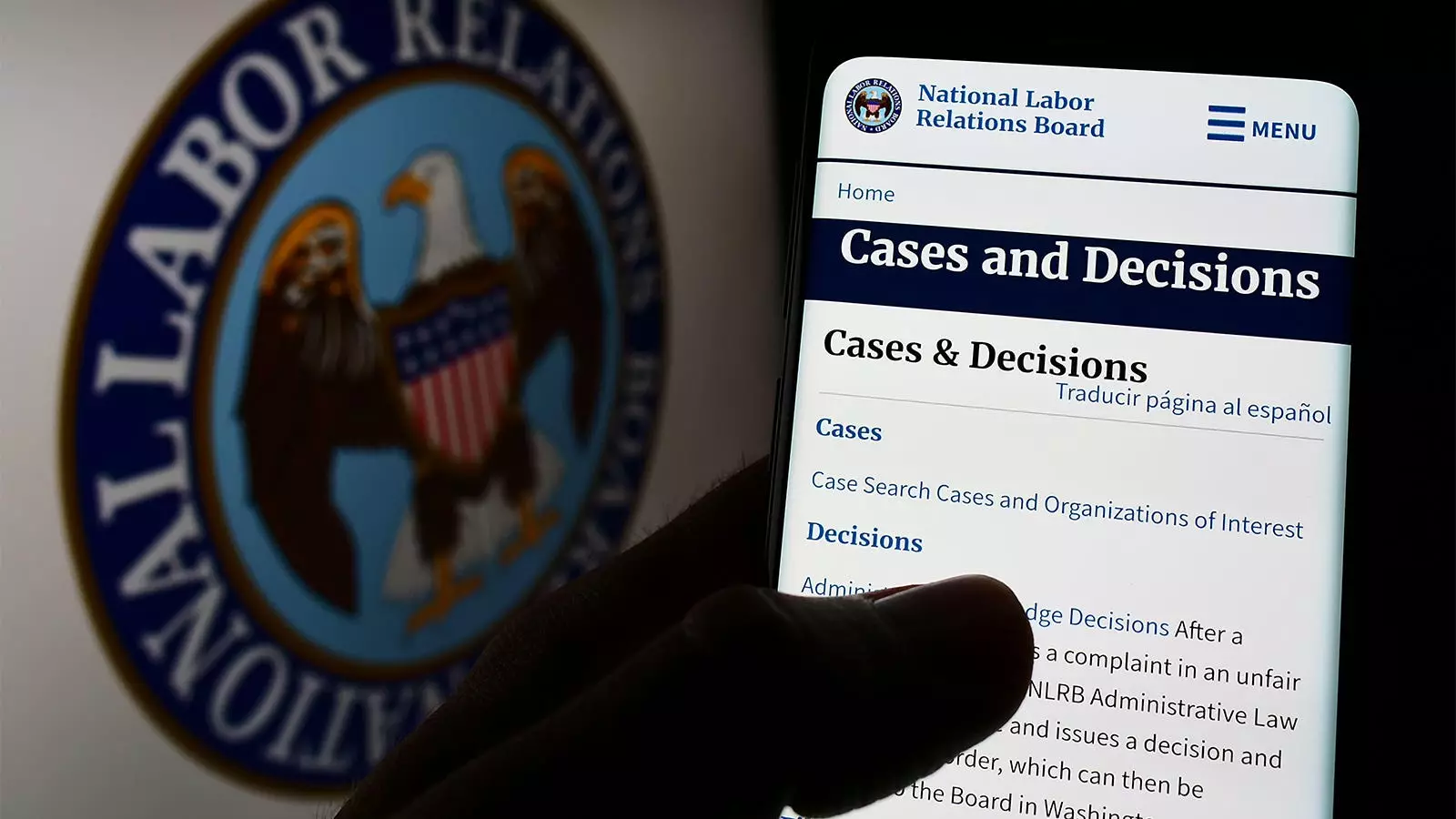The landscape of healthcare is undergoing significant transformation, particularly regarding employment dynamics within the medical profession. The period from 2023 to 2024 has witnessed a notable surge in union petitions among physicians. According to the National Labor Relations Board, the number of petitions filed rose dramatically from 44 between 2000 and 2022 to a striking 33 in just one year, marking an annual filing rate jump from 2.1 to 23.3. This increase signals not only a rising interest in collective bargaining among medical professionals but also underscores a shift in how physicians perceive their roles within the healthcare system.
The motivations driving these union campaigns are telling. A recent study by Kevin Schulman, MD, and his colleagues highlights several primary concerns among physicians. An overwhelming majority, approximately 85%, cited working conditions as a primary motivator, with 81% expressing dissatisfaction over their lack of influence in management decisions. Furthermore, 54% raised alarms about patient care issues, while only a minor fraction referenced financial compensation as a concern. The data illustrates a deeper yearning among medical professionals for meaningful engagement in the governance of their work environments, particularly as the consolidation of the healthcare market intensifies.
To place this trend in context, it is essential to acknowledge that the roots of physician unionization trace back to the 1930s. However, until recently, there has been insufficient data to substantiate the extent and nature of modern unionization efforts. Schulman’s research provides an evidential framework to understand this phenomenon over a 20-year span, capturing the dynamics of union petitions and examining the rates of successful certifications. The findings indicate not only an uptick in the number of petitions but also a considerable success rate in certification drives, with 41 out of 66 petitions certified.
The study reveals that the 77 petitions filed represent a significant number of individuals—7,064 in total—demonstrating the breadth of this movement. The bargaining units vary substantially in size, with some units consisting of as few as four employees and others encompassing as many as 560. Notably, about one-third of these units were solely composed of physicians, while a substantial 40% included advanced practice providers, such as nurse practitioners and physician assistants. This intertwining of different roles within the healthcare workforce suggests a collaborative approach to addressing concerns and negotiating better conditions collectively.
Analyzing the geographic distribution of union petitions reveals a concentration in western states, particularly California, Oregon, and Washington, which accounted for 43 of the 77 petitions. Additionally, the diversity of employers targeted in these campaigns is notable, with nearly half of the petitions filed against hospitals, followed by community health centers and non-hospital corporate entities, including private equity-backed companies. This suggests a broad-based dissatisfaction across various healthcare settings, reflecting the urgent need for systemic change.
While the research presents a compelling narrative of increasing unionization among physicians, it is not without limitations. The study excluded public-sector physician unions and voluntarily recognized unions, which may have skewed the overall findings. Moreover, the reliance on media reports for understanding motivations means that underlying sentiments may not be fully captured, as these statements could be influenced by public relations considerations.
Looking ahead, the evolution of physician unionization presents both opportunities and challenges. Schultz posits that while unions can be a significant tool for addressing governance issues in healthcare delivery, their effectiveness may be hindered if each specialty develops separate bargaining units. As this movement progresses, the coming years will likely provide deeper insights into the impact of collective bargaining on the healthcare system, influencing not just physicians but the industry at large.
The rising trend of physician unionization captures a critical moment in the healthcare industry—one marked by evolving power dynamics between medical professionals and healthcare management. It reflects broader societal shifts related to workers’ rights and collective advocacy, positioning physicians to more effectively address their concerns and influence the governance of their professional environment. As these trends continue to unfold, they hold the potential to reshape the future trajectory of healthcare delivery in profound ways.


Leave a Reply